Building Cost-Efficient Data Pipelines in 2025: Strategies for Modern Workloads
In 2025, as organizations continue to scale their data operations, one challenge looms large: how to build cost-efficient data pipelines. With massive datasets, complex processing needs, and tight budgets, designing pipelines that balance performance and cost has become a critical skill for data engineers.
This article explores actionable strategies to optimize cloud storage, leverage serverless technologies, and improve query efficiency to minimize costs while maintaining robust data pipelines.
1. Optimize Cloud Storage
Cloud storage is often a significant contributor to data pipeline costs. By adopting the following strategies, organizations can manage their storage expenses effectively:
a. Use Tiered Storage
Modern cloud platforms like AWS, Azure, and Google Cloud offer tiered storage options:
- Hot Storage: Use for frequently accessed, high-performance needs.
- Cold Storage: Archive less critical, infrequently accessed data.
Example:
- Store daily transaction logs in Amazon S3 Standard (hot tier) for quick access.
- Migrate year-old logs to S3 Glacier (cold tier) for long-term storage.
b. Compress Data
- Use compression techniques like Parquet or ORC to reduce storage size without sacrificing query performance.
- Ensure data is compressed before storage to lower costs.
c. Implement Data Lifecycle Policies
- Automate the deletion or archiving of obsolete data.
- Use tools like AWS S3 Lifecycle Policies or Google Cloud’s Object Lifecycle Management to enforce retention policies.
2. Leverage Serverless Technologies
Serverless computing has revolutionized data processing by offering scalability and cost efficiency. Here’s how to maximize its benefits:
a. Use Serverless Data Processing Tools
Platforms like AWS Lambda, Google Cloud Functions, and Azure Functions allow event-driven data processing. You only pay for the compute resources used during execution.
Example:
- Trigger an AWS Lambda function to process new files uploaded to an S3 bucket, eliminating the need for always-on servers.
b. Adopt Serverless Data Warehouses
Services like Snowflake and BigQuery automatically scale compute resources based on query workloads, ensuring cost efficiency.
c. Monitor and Optimize Resource Usage
- Use tools like AWS Cost Explorer or Azure Monitor to track serverless function costs.
- Identify inefficient functions and optimize their execution times.
3. Improve Query Efficiency
Inefficient queries can significantly inflate cloud costs. By focusing on query optimization, you can reduce compute expenses without sacrificing performance.
a. Use Query Caching
- Cache frequent query results to reduce repeated computation.
- Tools like Snowflake’s result caching and BigQuery’s query cache can cut costs dramatically.
Example:
- Instead of querying raw transaction data repeatedly, cache aggregated daily metrics for faster insights.
b. Partition and Cluster Data
- Partitioning splits data into smaller, manageable segments.
- Clustering organizes related data together for efficient querying.
c. Avoid Over-Querying
- Audit queries to identify unnecessary joins, redundant operations, or poorly optimized filters.
- Encourage analysts to use materialized views for recurring queries.
4. Monitor and Automate Cost Management
a. Implement Cost Alerts
- Set alerts for budget thresholds using tools like AWS Budgets or Google Cloud Billing.
b. Automate Scaling
- Use auto-scaling features in data processing tools to handle fluctuating workloads without over-provisioning resources.
c. Regularly Review Pipelines
- Conduct periodic reviews of pipeline performance and costs.
- Identify underutilized resources or outdated processes for optimization.
Conclusion: Balancing Performance and Cost
Building cost-efficient data pipelines in 2025 requires a thoughtful approach to cloud storage, serverless technologies, and query optimization. By leveraging tiered storage, serverless computing, and efficient querying strategies, organizations can significantly reduce costs while meeting the demands of modern workloads.
What strategies are you using to optimize your data pipelines? Share your insights in the comments below!





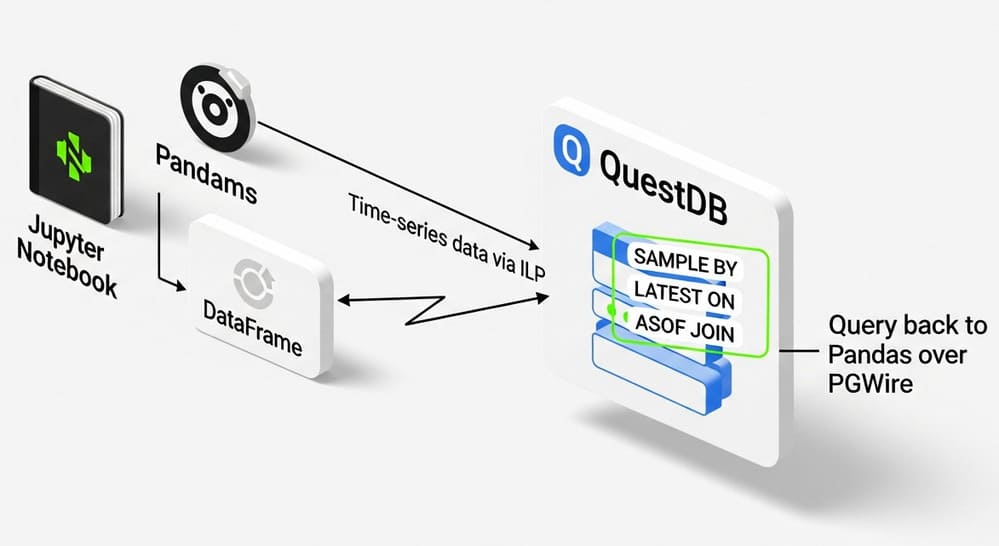
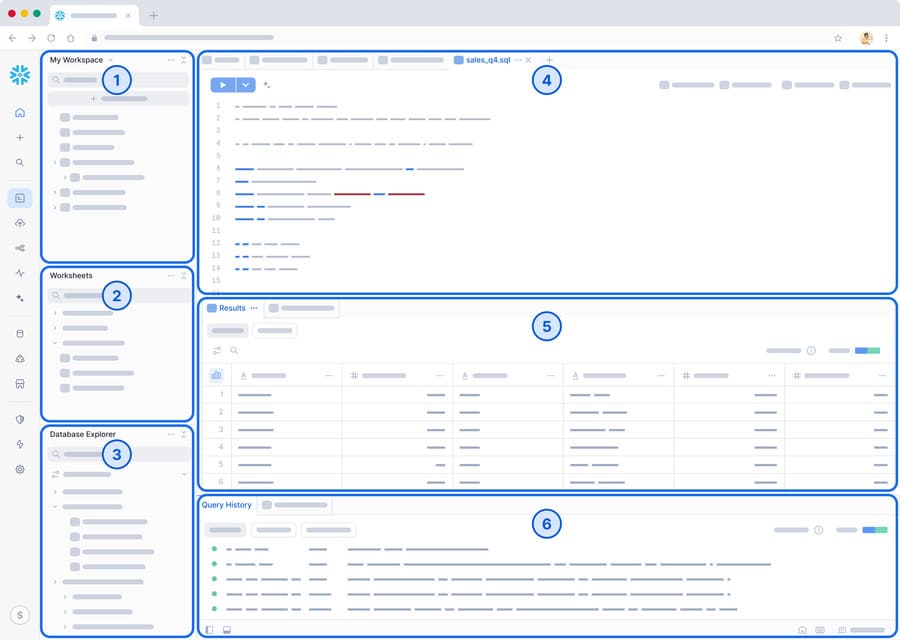

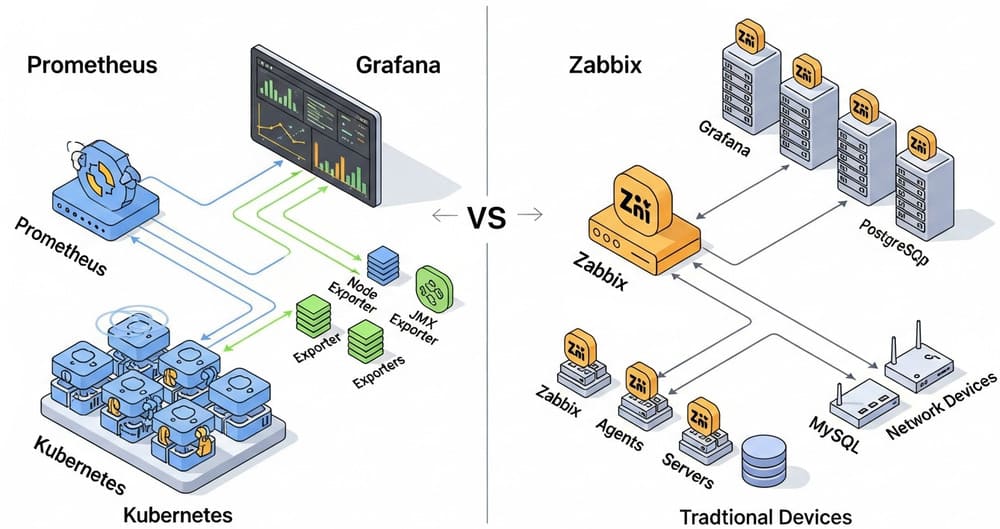
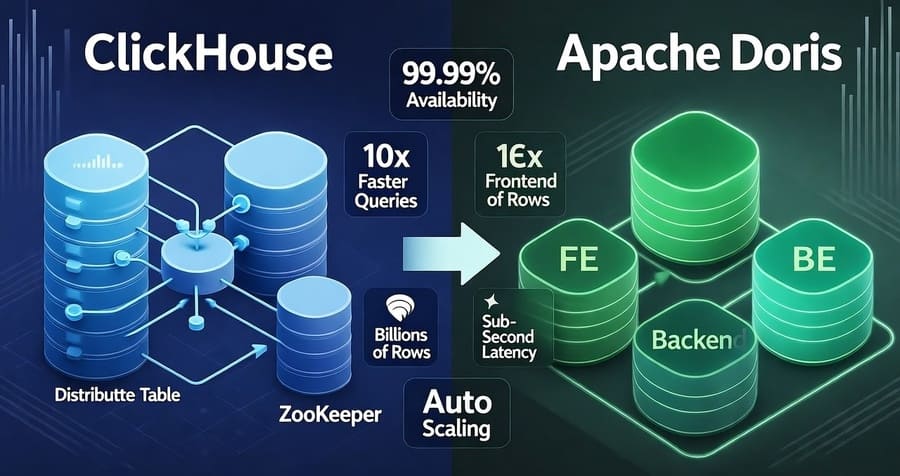
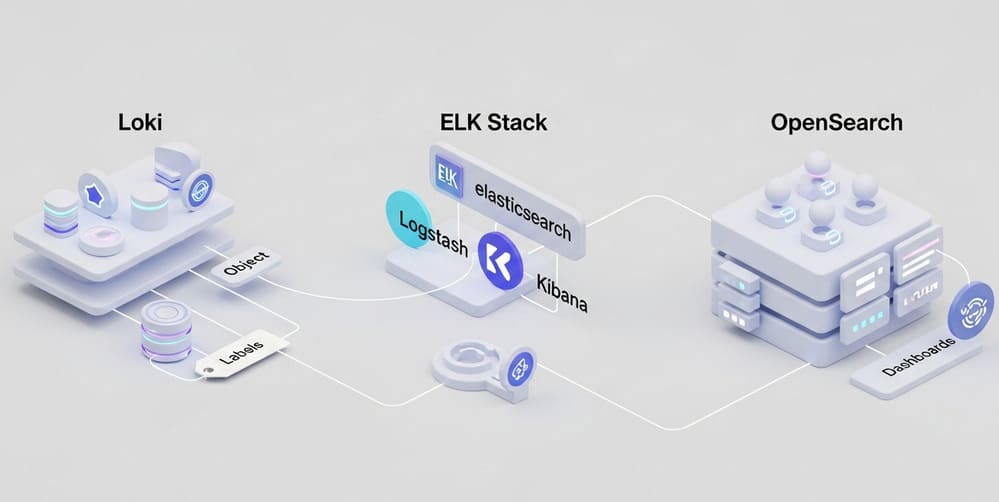
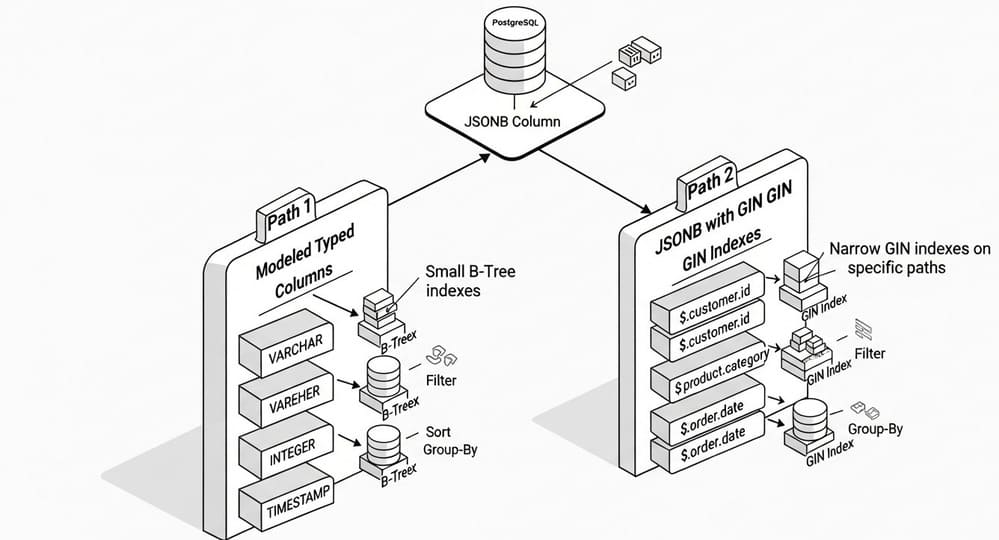

Leave a Reply